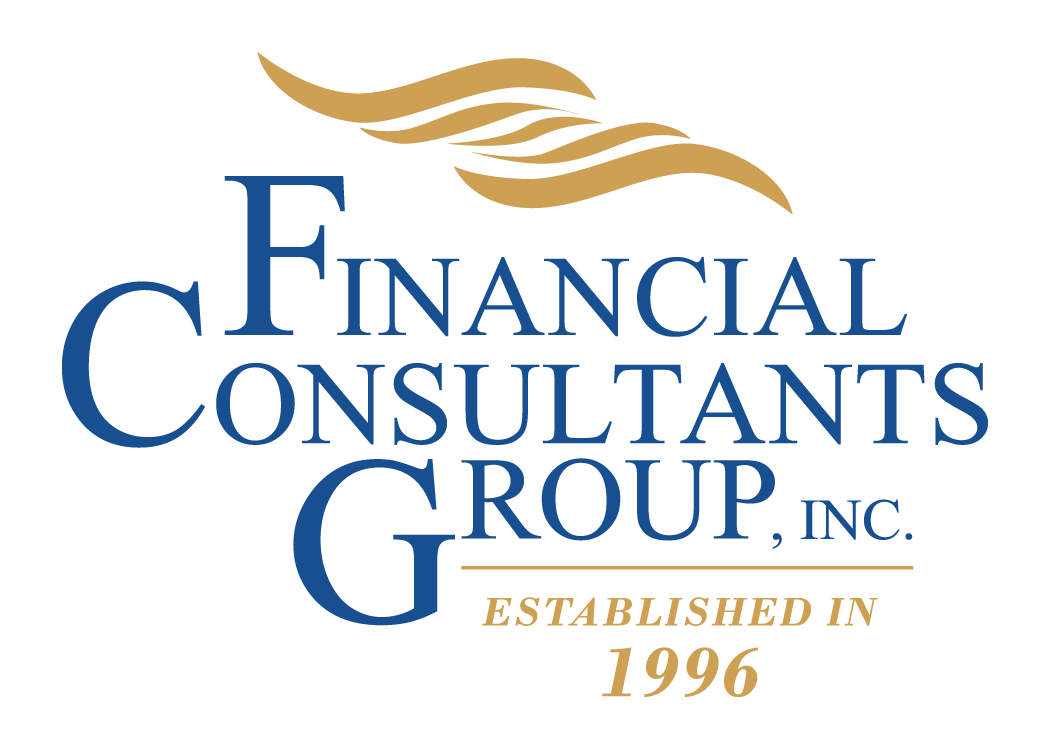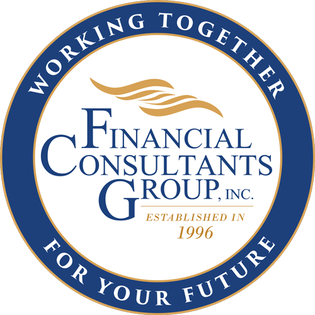Are Target-Date Funds Appropriate For You?
These “glidepath” investment options certainly have gained popularity over the past decade. Simply put, target-date funds were designed to help simplify the complexity of investing as people saved their hard-earned money for their retirement. Mutual fund companies remove much of the guesswork from the investor with the creation of a handful of target-dated allocations of equities and fixed income that adjust over time.
A glidepath is like an investment flight plan. It helps determine the risk exposure over the course of your path through retirement by adjusting diversification levels. Younger investors can take more risk when they’re further away from their retirement target-date, since they have a longer time horizon to weather the ups and downs of the stock market. But as investors get closer to retirement, the fund moves toward lower risk options accordingly based on the plan laid out in the glidepath.
Like all investments, there are good and not so good target-date funds. Morningstar does a good job at evaluating each of these funds. A couple of their top picks are ones from American Funds and T. Rowe Price. Vanguard also makes the top 10 of their picks, and they do have the largest market share.
Keep in mind, even if these funds are rated well by Morningstar, they may or may not be appropriate for you. These allocations are designed by companies without any feedback from the investor, other than the desired retirement date. So, as you and I may both share the same “retirement date”, we may share a completely different risk profile and financial requirement - ultimately putting many people in the wrong investment allocation without even knowing it.
From a more technical view, the academic theory that each of these companies use is often different. As you have probably experienced over the years, some investment managers may be more conservative, and others are more aggressive. Some may be more selective or active in their investment selection and some are more passive with a simple investment approach.
For example, each of Vanguard’s allocations are made up of the same 4 index funds. This is a passive investment approach that invests in every single stock and bond that makes up those indexes, which is close to 30,000 holdings. American Funds, on the other hand, uses a more sophisticated approach. Their 15 mutual funds actively buy and sell the stocks and bonds that fit their criteria for each step towards retirement. American Funds believes investors should hold different stocks as they age because oftentimes stocks that one holds in early years may not be appropriate to hold in those later years.
And as an FYI, over the past 10 years American Funds 2030 outpaced Vanguard 2030 each year by 0.93%.
Both of these approaches have their valid arguments of use, but what is right for you?
Our team at Financial Consultants Group is here to help you filter through these options and help you choose the best allocation for your specific retirement.The body content of your post goes here. To edit this text, click on it and delete this default text and start typing your own or paste your own from a different source.











